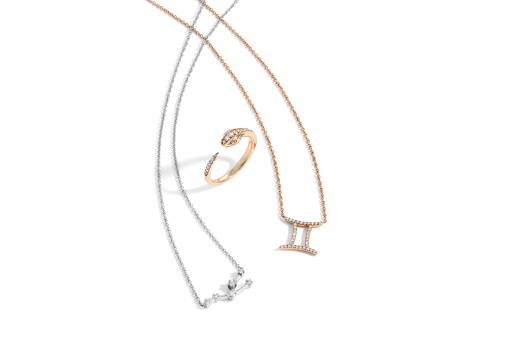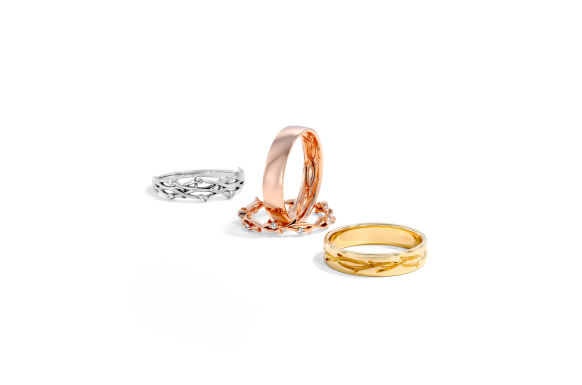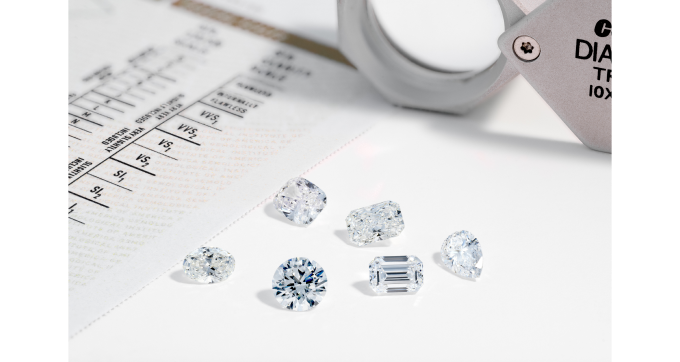FREE SHIPPING & EASY RETURNS




Sign up for our email list

Asscher Cut Diamond Size (Chart, Dimensions, On Hand)
2 minutes read
09 September 2023
Want to see how an Asscher cut diamond looks on your hand at 1, 2, or more carats? You’re in the right place. We made the chart and images below to give you an idea of how big Asscher cut diamonds are at different weights.
About the Asscher Cut Diamond
The cut was named after its inventor, Joseph Asscher: the owner of Amsterdam-based Asscher Diamond Company. The original cut (discovered in 1902) had 58 facets. A century later, Asscher’s great-grandnephew introduced the modified Royal Asscher Cut with 74 facets. The Royal Asscher cut was secured with an international patent to stop copycats.
The cut reached peak popularity during the 1920s: the Art Deco era. At the time, geometric shapes - zigzags, lines, and exaggerated curves - became popular. Thanks to this shape, the Asscher fit right in with the trend.
Maximising Your Asscher Cut Diamond’s Size
With Asscher cut diamonds, it’s best to stay within the VS clarity range (VS1, VS2, or higher). Because this is a step cut, you can easily spot flaws in the stone through the facets. High clarity grades make a big difference.
As Asscher cuts display more color than brilliant cuts, so an H grade or higher. We also recommend pairing Asscher cuts with rose or yellow gold to hide any faint tint your stone might have.
If the setting includes side stones of significant size, be sure to match their color with the center stone’s. Otherwise, a tinted stone flanked by two clear ones will look low-quality and cheap.
What are an Asscher Cut Diamond’s Dimensions?
An Asscher cut diamond has square dimensions, with angled corners that make it a true octagon. The cut is also sometimes referred to as a square emerald.
FAQ
Are Asscher cuts expensive?
Asschers cost less than other cuts. On the other hand, they also tend to look small - so in terms of perceived size, an Asscher costs as much as other fancy shapes.
Do Asscher cut diamonds look bigger?
Asschers typically look smaller than other diamonds. They tend to be deeper than other cuts, so their carat weight is partly concealed from view. This is what gives the stone its “endless hall of mirrors” effect.
Is the Asscher cut a good cut?
Yes. Asscher's popularity has soared in recent decades thanks to several high profile engagements. This cut is not about brilliance. It is about the mesmerizing illusion it creates.
Overnight Complimentary Shipping
Satisfaction Guaranteed
Shop With Confidence

